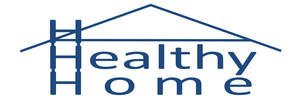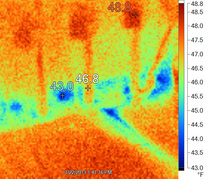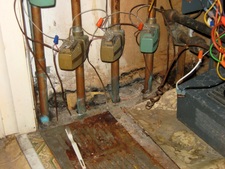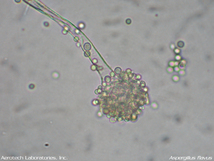Mold Testing for the Denver AreaMold Testing and Inspections for the Denver Area are performed by a Council-Certified Microbial Consultant (CMC) with 20 years of experience. CMC is the highest mold certification designation. CMC's are qualified to interpret mold samples and perform mold consulting tasks. All mold testing and inspections include a written report with a summary and recommendations.
303-989-6809
|
Council-certified Microbial Consultant
|
Links to other mold sites:
The EPA has a guide "A Brief Guide to Mold, Moisture, and Your Home," for home owners about residential mold problems and how to prevent mold growth. To view the publication or order a copy click the link. http://www.epa.gov/mold/moldguide.html
The guide can also be ordered by calling the EPA at 1-800-438-4318, and asking for EPA publication 402-K-02-003.
EPA's main page for mold information and resources. Provided by the Indoor Air Quality Division. https://www.epa.gov/mold
The EPA has a guide "A Brief Guide to Mold, Moisture, and Your Home," for home owners about residential mold problems and how to prevent mold growth. To view the publication or order a copy click the link. http://www.epa.gov/mold/moldguide.html
The guide can also be ordered by calling the EPA at 1-800-438-4318, and asking for EPA publication 402-K-02-003.
EPA's main page for mold information and resources. Provided by the Indoor Air Quality Division. https://www.epa.gov/mold








